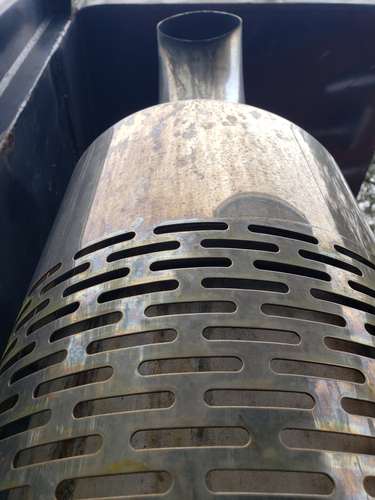
The American Trucking Association (ATA) told the U.S. Environmental Protection Agency (EPA) Monday that it is committed reducing heavy-duty truck emissions.
As part of its comments to the EPA’s Phase 3 Greenhouse Gas Standards, the ATA identified several flaws in the agency’s plans, while outlining the three principles it follows as it works toward reducing emissions.
“ATA starts with ‘Yes,’ and we want to achieve the same things that the EPA does when it comes to reducing emissions,” ATA President and CEO Chris Spear. “In fact, our record over the past 30 years of collaborating with EPA in reducing both carbon and NOx pollution is strong. Together, the agency and industry have arrived at tough but achievable regulations that allow for technology to develop on timelines to minimize market disruptions and job losses.”
ATA said the EPA must correct several issues before the agency issues its final rules, including adhering to commitments and timelines the agency made in the Phase 2 of standards. The Phase 3 standards upends plans and schedules for equipment makers and purchasers, ATA said. Additionally, new standards coming into play annually after 2027, would rush technologies to market without testing and validation, ATA said.
“EPA is moving at breakneck speed to force the industry towards electrification while failing to address the key enablers towards any new technology adoption. EPA’s proposed adoption rates assumes that product availability, vehicle costs, range, weight reduction, energy capacity and recharging and refueling infrastructure will all be available for fleets to utilize the technology,” Spear said. “Instead of the agency leap frogging existing low-carbon technologies towards electrification, allow today’s technologies to be fully adopted.”
ATA also said that while the new standards lean heavily on electric and hydrogen vehicles, the technology hasn’t been “fully vetted and proven in the commercial freight environment.” The new rule also doesn’t take into account the future fuel and charging needs these vehicles will require and the infrastructure to provide them.
“Mandating unproven technology that won’t meet our industry’s unique requirements is a recipe for failure,” Spear said.